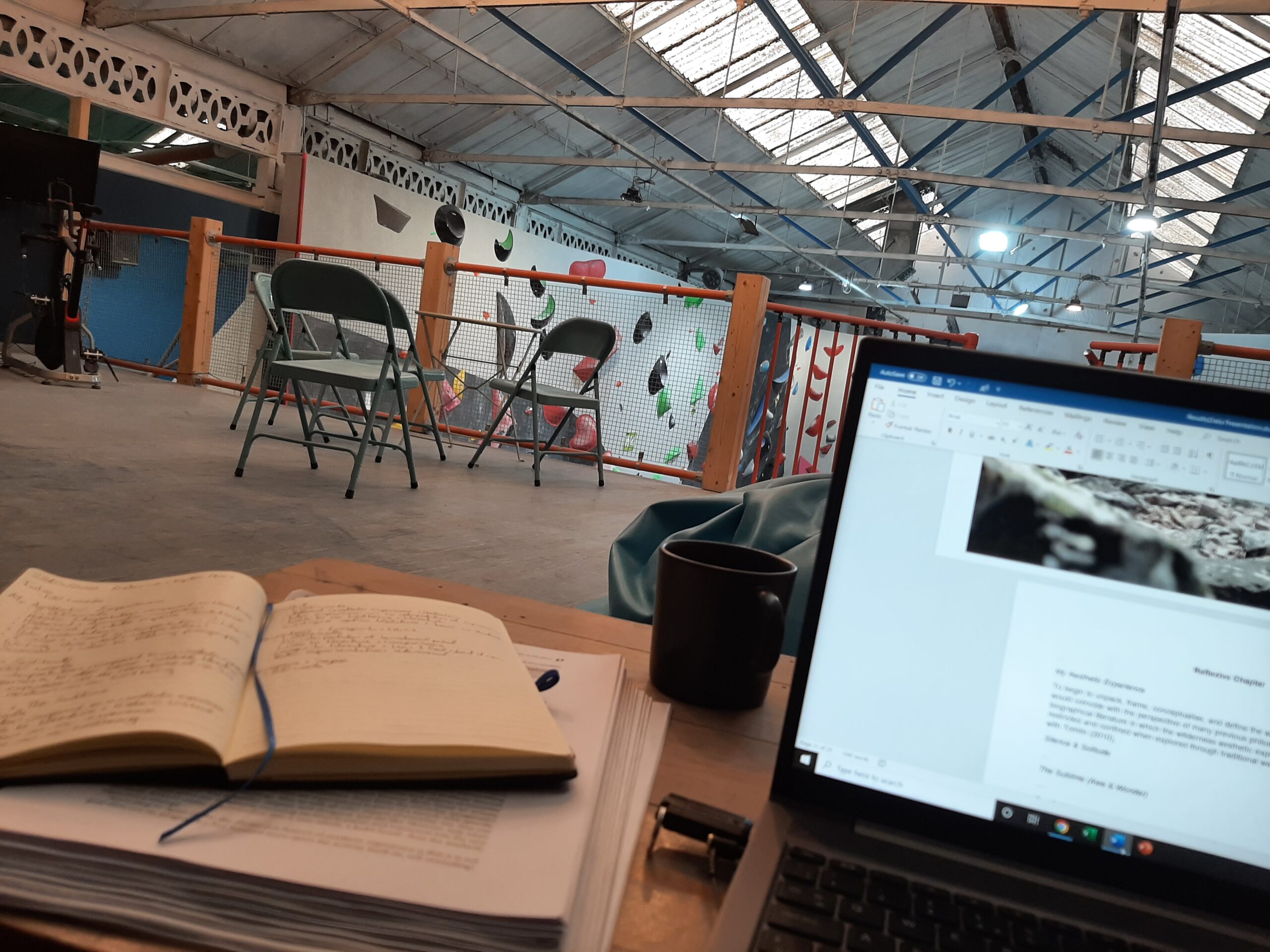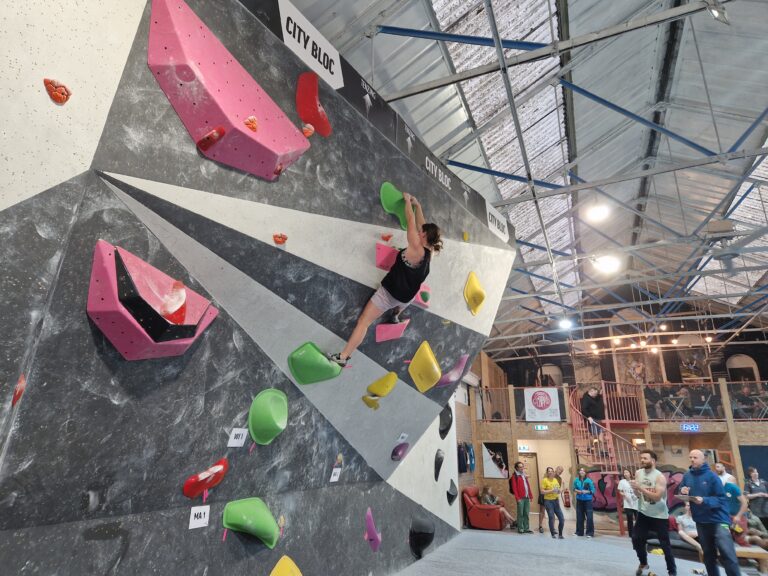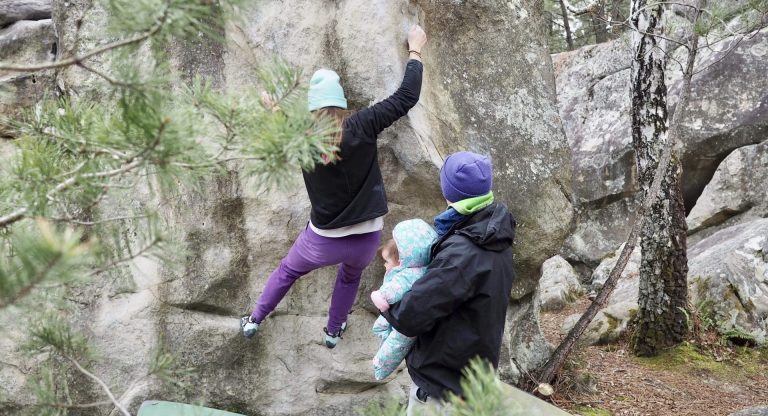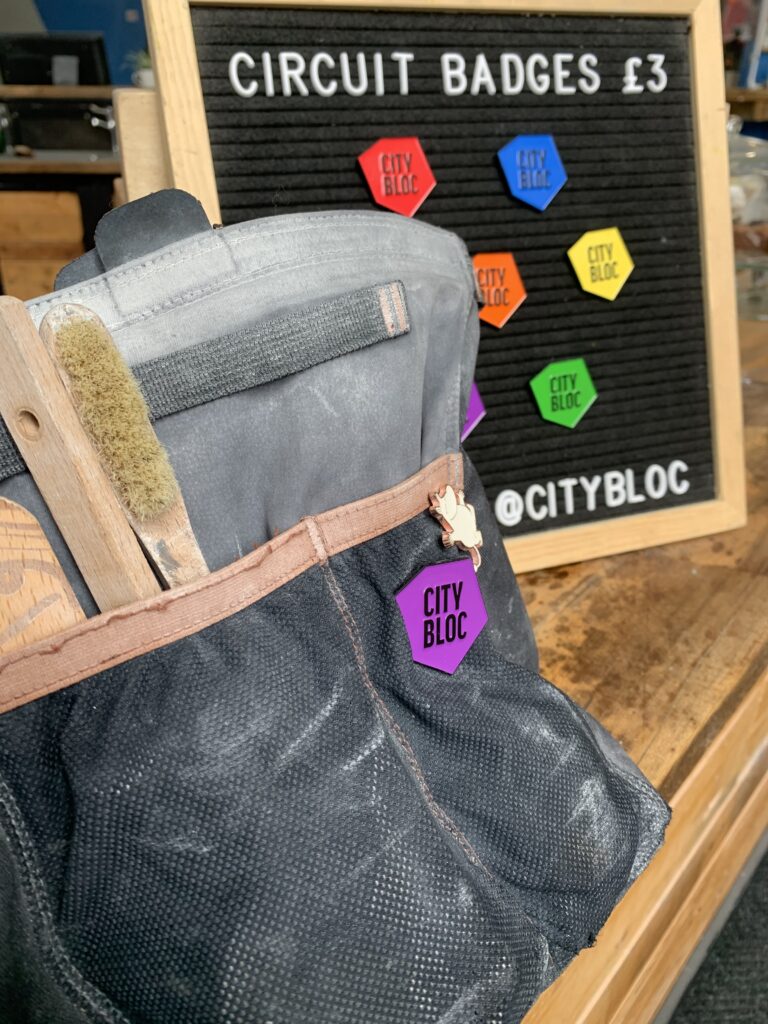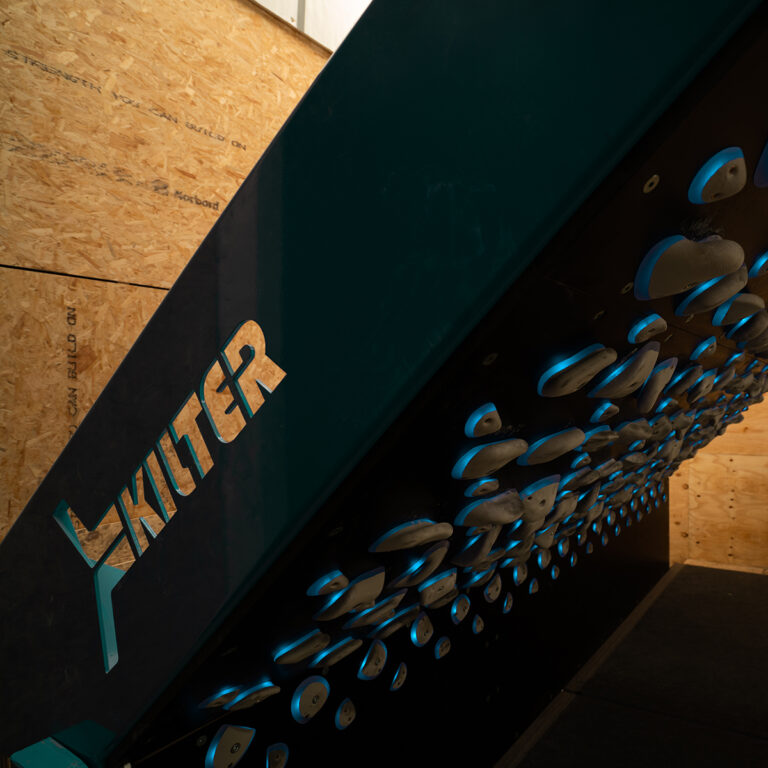From the Wall to the World: How Bouldering Helps Us Take On Real-World Challenges
For many of us, the climbing gym provides a space in which we can lose ourselves for the evening, stepping away from the stresses of daily life, and immersing ourselves into an activity which stimulates us both physically and mentally. Within these chalky colourful walls, we find a sense of harmony, community, and opportunities for accomplishment. Whether we’re rousing our determination to conquer a new problem, or simply enjoying the shared effort with friends, the gym encourages moments of self-discovery and growth. Yet, as we embrace the gym as a sanctuary, we may not realise how many of these lessons extend beyond the gym, shaping how we tackle and flow through a variety of life’s wondrous challenges.
For every step we take onto the mat and towards a climb, we begin the journey of learning something new about ourselves. The mental tools we develop are not only bound to the gym, but spill into our everyday lives, influencing how we approach work, relationships, and even our most sought after personal goals. Through climbing, we build not only physical strength but an array of enriching psychological qualities such as resilience, adaptability, and creativity. So as we pack our shoes into our bags and wave goodbye to the folks at reception, our experiences at the gym remain with us; carrying us forward, and helping us face the ever changing challenges in life, whatever they may be.
In this post, I would like to highlight some of the more subtle, often nuanced ways that climbing impacts our everyday lives. Whether you’re still sporting rental shoes or you’re well into your fourth grit season, you’ll discover how your skills have prepared you for more than just climbing walls. Let’s grow together not just as climbers but as integral and healthy individuals navigating a turbulent world.
Confidence
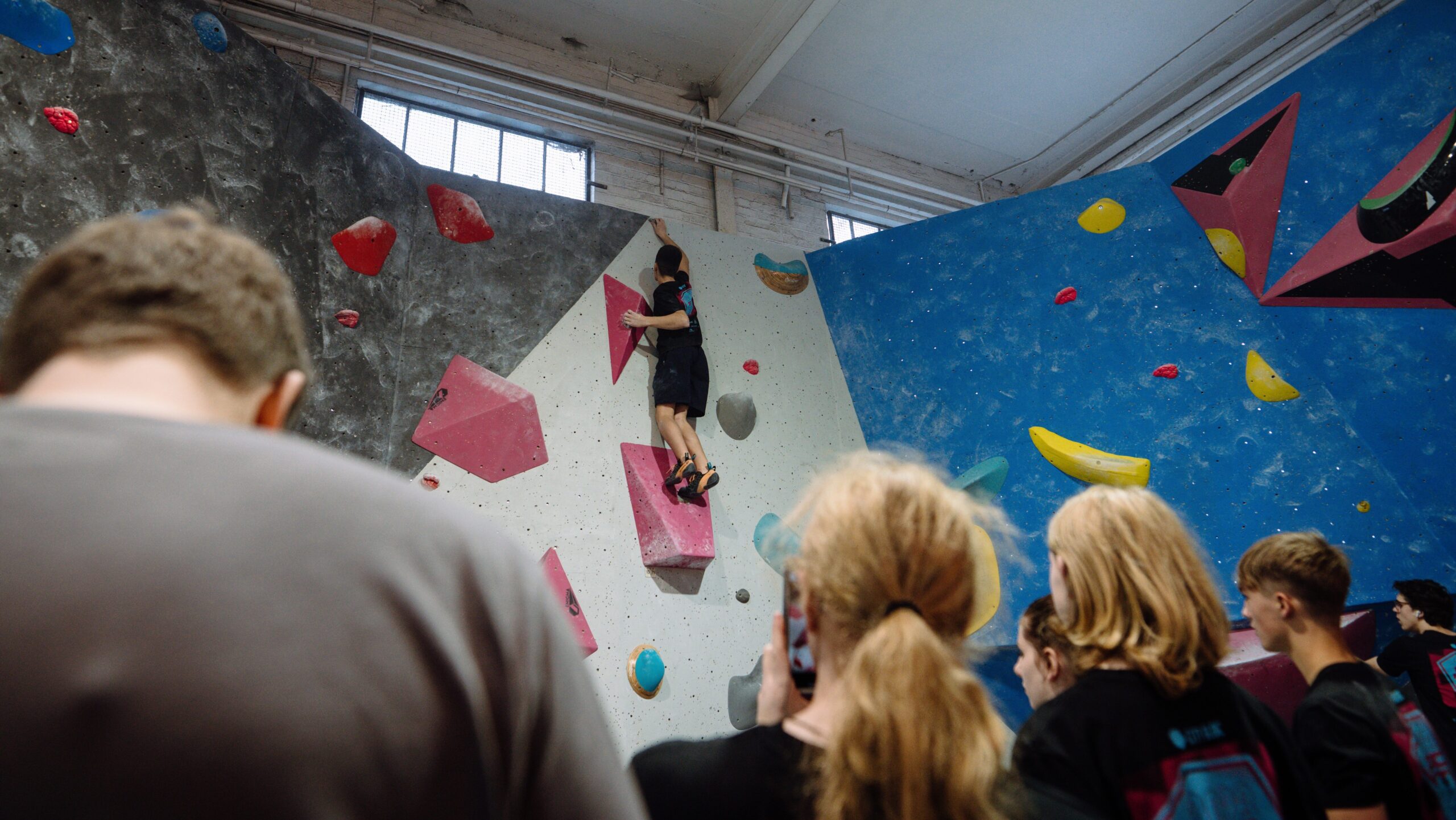
Without a doubt, one of the many emotions us climbers grapple with is fear. Whether it’s your first time climbing and a close acquaintance has suggested you step on a hold smaller than a penny, or you’re a seasoned aficionado mantling your way upon a sketchy headwall, fear grips and shakes us all along our climbing journey. But as climbers, we acknowledge fear as a part of the game, and as we still continue to put ourselves in positions that would make any layman feel faint, we are developing a welcoming and healthy relationship with fear. Climbing teaches us to move through fear and to trust our abilities even when the outcome is uncertain. With each climb, we build confidence – confidence that we can face the unknown, take risks, and come out stronger on the other side.
However, this growth does not only help push our climbing grades, as the confidence we build on the wall translates into our lives in fluent powerful ways. The initial nervousness we flow through and conquer on the wall mirrors the anxieties we may face in other areas of our lives, such as speaking up in a meeting, making important financial decisions, or even pursuing a new romantic relationship. Each time we take control of our fear on the wall, we become more willing to take control of our own decisions in life, trusting that we can handle whatever comes our way. Climbing nurtures fear as a friendly companion to discovery, rather than an emotion to be thwarted or avoided.
Ultimately, the sense of autonomy we develop within our climbing empowers us to take charge of our personal and professional journeys. In the solitude we embrace on the wall, we learn not only to trust in ourselves but also in the process, recognizing fear is not an enemy, but a signal that growth is on the horizon. And as we continue to climb harder, higher, and ever scarier pursuits we practise making decisions rooted in self-belief that reaches into the deepest parts of our lives.
Adaptability
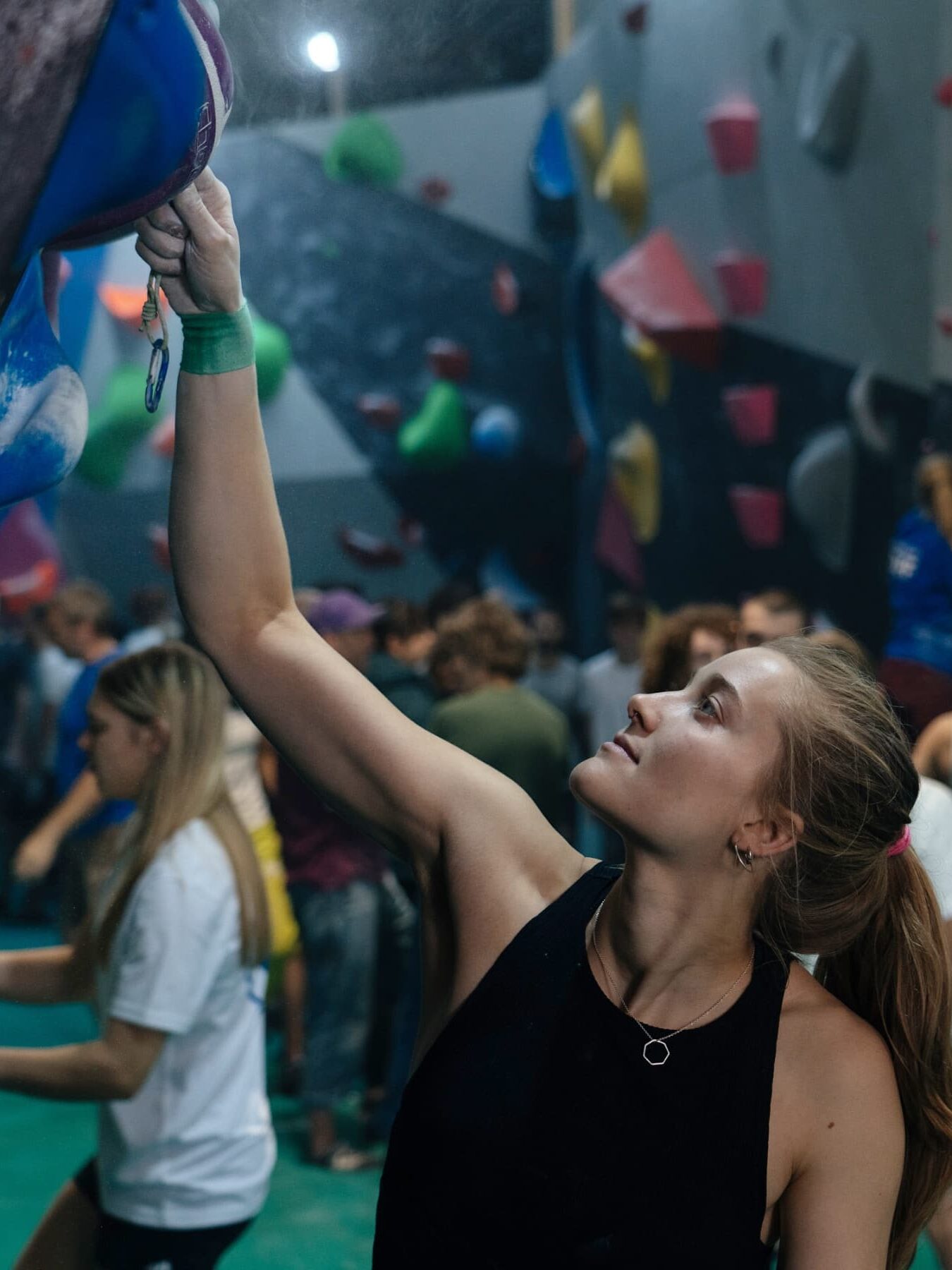
Climbing, by its nature, requires us to constantly adapt. Every problem presents us with different challenges, and no two routes are ever the same. Sometimes that one problem feels out of reach due to the setter’s height advantage, or a hold doesn’t quite feel as secure as you’d expected. Regardless, in these moments we are forced to put our instinctive thoughts aside, adapt our body positions, stretch our minds, and begin finding new ways to approach the climb. Be it adjusting our grip, shifting our balance, or introducing a dynamic mid-move adjustment, adaptability is at the core of climbing.
Our ability to adapt on the wall is just as valuable off it as it is on it. Life, like climbing, is unpredictable, unknown, and the only constant is change. Such as when we’re met with surmounting personal troubles, dealing with overwhelming work issues, or have recently been met with devastating news; the flexibility we hone as climbers, allows us to embrace uncertainty with confidence. We learn how to approach life’s obstacles as wonders to be revelled in, rather than insurmountable roadblocks. Just as in climbing, as long as we remain open to the idea of change, we are able to understand there are multiple ways to flow through life that may not have been available to us if we weren’t open to adapting our approaches.
This mindset of adaptability and change enriches our everyday experiences. Instead of being thrown off by change, we are filled with perseverance, and a motivation to flow through new opportunities and experiences. We become more agile in the face of adversity, adjusting our tactics and embracing the fact that life, such as a boulder problem, requires constant calibration and readjustment so that things feel fluent and intuitive. Climbing, then, helps us see that even when things don’t go as planned, we can always adapt and adjust to flow through things with compassion
Imagination
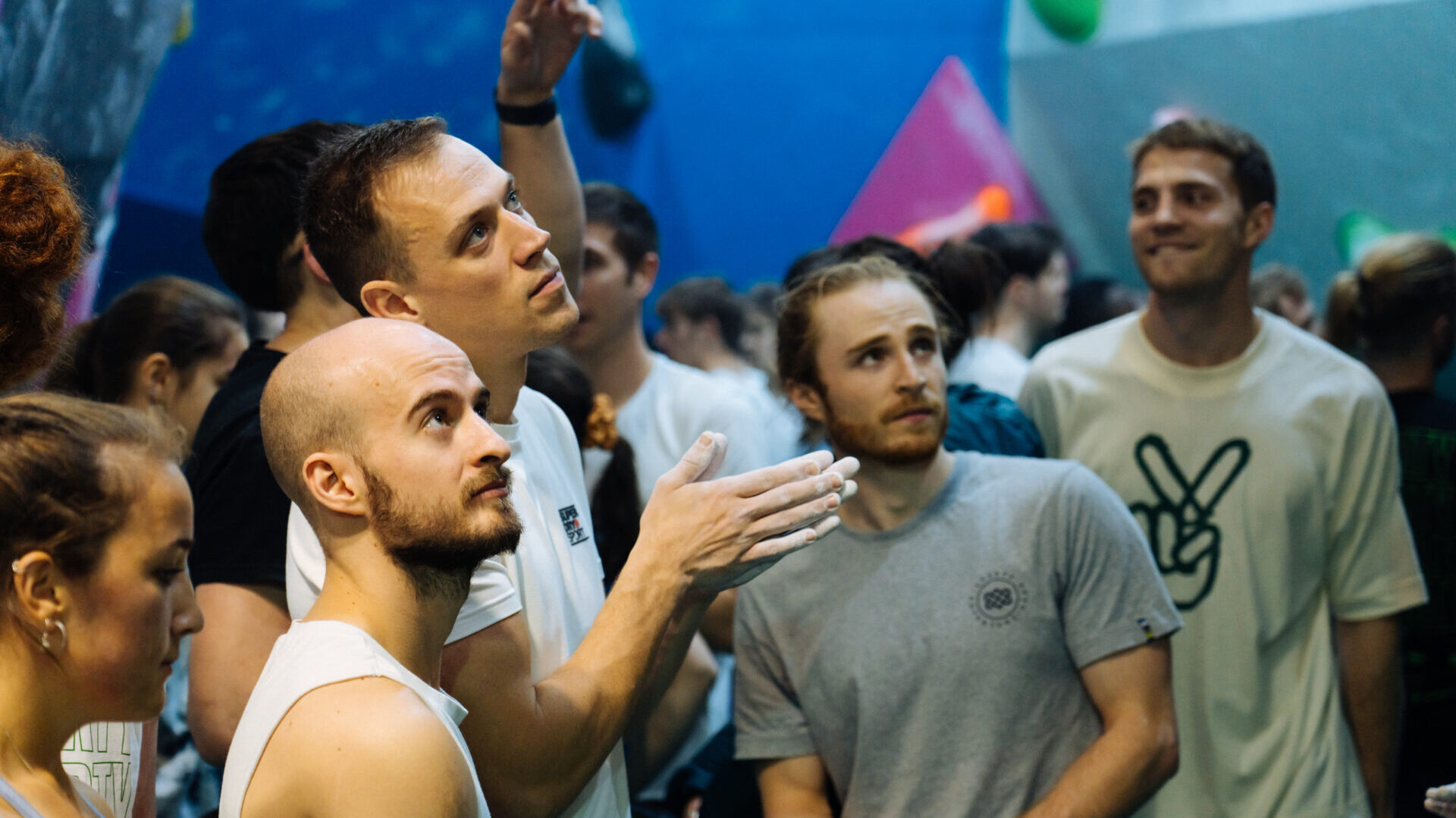
If you didn’t know already, climbing is more than just a physical endeavour. Yes, no matter how hard you train, bouldering problems are called problems for a reason – they require some effort of mental thought to be solved. And thus, not every problem is not as easily solved as we may like. They require us to think abstractly and outside the box. Imagining and visualising different sequences and possibilities. Sometimes it means trusting a move will work even if it feels counterintuitive. Regardless, this ability to visualise and creatively approach problems is a key aspect of our climbing successes, pushing us to expand our mental toolkit and think beyond the obvious.
Off the wall, this mental capacity to think creatively and problem solve translates into how we approach our complex challenges in everyday life. We may be tackling a project at work, repairing a piece of our precious kit, or even figuring out how to juggle multiple responsibilities. The imaginative thinking and visualisation allows us to see solutions where others see obstacles. Climbing sharpens and broadens our ability to think abstractly, sideways, and outside the box, allowing us to approach problems from different angles, both literally and figuratively.
This mental potential to think imaginatively enables us to navigate life’s complexities with greater ease. We trust our ability to dream and encourage the possibility of the less obvious, even when instinct dictates otherwise. Much like on the wall, where beta has the possibility to be subjective, we become more patient and forthcoming to experimentation in life. Climbing teaches us that creativity and perseverance often go hand in hand, leading us to unexpected breakthroughs, and opportunities for growth in new directions.
Resilience

Failure is an unavoidable part of climbing. We will always occasionally slip off holds, miss dynamic moves, and sometimes even spend weeks upon months working on a problem that always makes you scream “I was right there!”. Yet with each fall, we grow upon something invaluable – resilience. Within the process of repeatedly trying, failing, and trying again, we are taught that setbacks are not the end of the road, but an essential step towards success. We learn to embrace failure as a learning tool, knowing that with patience, perseverance, and a little bit of faith, progress will follow.
This resilience we develop as climbers is a vital trait we carry into all areas of our everyday life. It shines its importance when we meet contradictory setbacks, have unlucky bad days, and the often unfortunate times in life when bad things happen to good people. Although, in combination with our confidence and adaptability, resilience is the nudge we need to keep the perspective that we should keep going, and that everything we do will be alright. To adopt failure as a close companion, we become less afraid of our setbacks, knowing with each attempt we are brought closer to our goals. In life, as in climbing, progress is never linear, but resilience helps us continue to grow despite it.
Climbing teaches us to celebrate the smaller victories, recognising that every inch gained, regardless of its size, is a success worth honouring. The ability to push forward in times when the path isn’t clear, is a crucial skill we should revere in our everyday lives. And with that, resilience doesn’t mean avoiding failure, but acknowledging it as part of our growth. By developing this mindset, we become better equipped to handle life’s inevitable ups and downs, flowing through them with grace and determination.
Unity
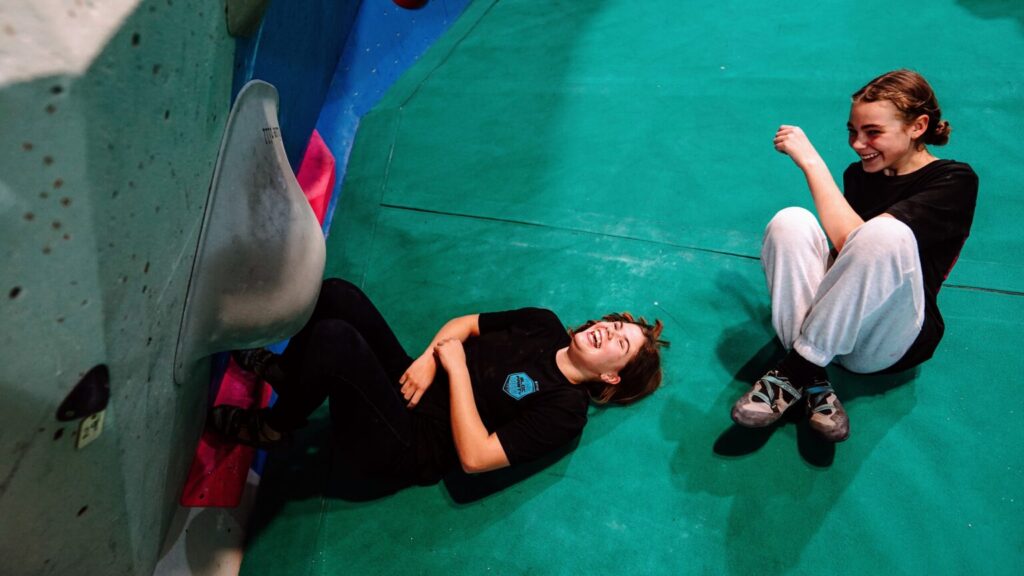
Whilst bouldering by definition is an individual sport, the sense of community and love within the gym is undeniable. Whether it’s simply sharing beta with one another, celebrating a send, or even enjoying a natter over a coffee, we are connected through the shared challenge and energy of climbing. A reminder to us, that this unique support network means we’re a part of a larger community, even when we’re tackling our own individual goals. The gym then becomes a place that’s not just a facility, but a special space where we may grow; as friends, or even as family.
This connection we feel transfers to how we build relationships elsewhere in our lives. This beautiful shared experience we have as climbers, teaches us the warming value of shared effort and mutual support. We become more welcoming to working with others, open to possibilities of collaboration, and we gain empathy and compassion to the struggles many of us face around us. The sense of connectedness we experience within the climbing community expands the humanity within both our personal and professional lives, enhancing the many ways in which we relate to one another.
The shared accomplishments within the gym also deepens our appreciation of teamwork. To offer a spot on a risky move, to discuss beta on a challenging climb, or even just to be there for someone after a gnarly fall, we learn that achievements are sweeter when shared with others. With this mindset then, outside the gym we become better collaborators, leaders, and friends. We learn to understand that strength isn’t just built within, but from the collective effort from the community around us.
Conclusion: Beyond the Gym

Climbing, in all its complexity, teaches more than just how to ascend walls. It develops our minds, bodies, and spirits in ways that extend far beyond the gym. The confidence, adaptability, imagination, resilience, and unity we build while climbing shape how we approach every aspect of our lives. These traits empower us to face life’s challenges with a stronger sense of self, purpose, and deeper connection to those around us. As we climb, we are not just improving our ability to send harder problems, we are growing into more capable, fulfilling, and flourishing individuals. The lessons we learn on the wall allow us to navigate life with flow, effortlessness, and compassion.
So remember. Next time you step onto the mat and begin your climbing session; the skills you’re learning aren’t just for climbing, they’re for life.

